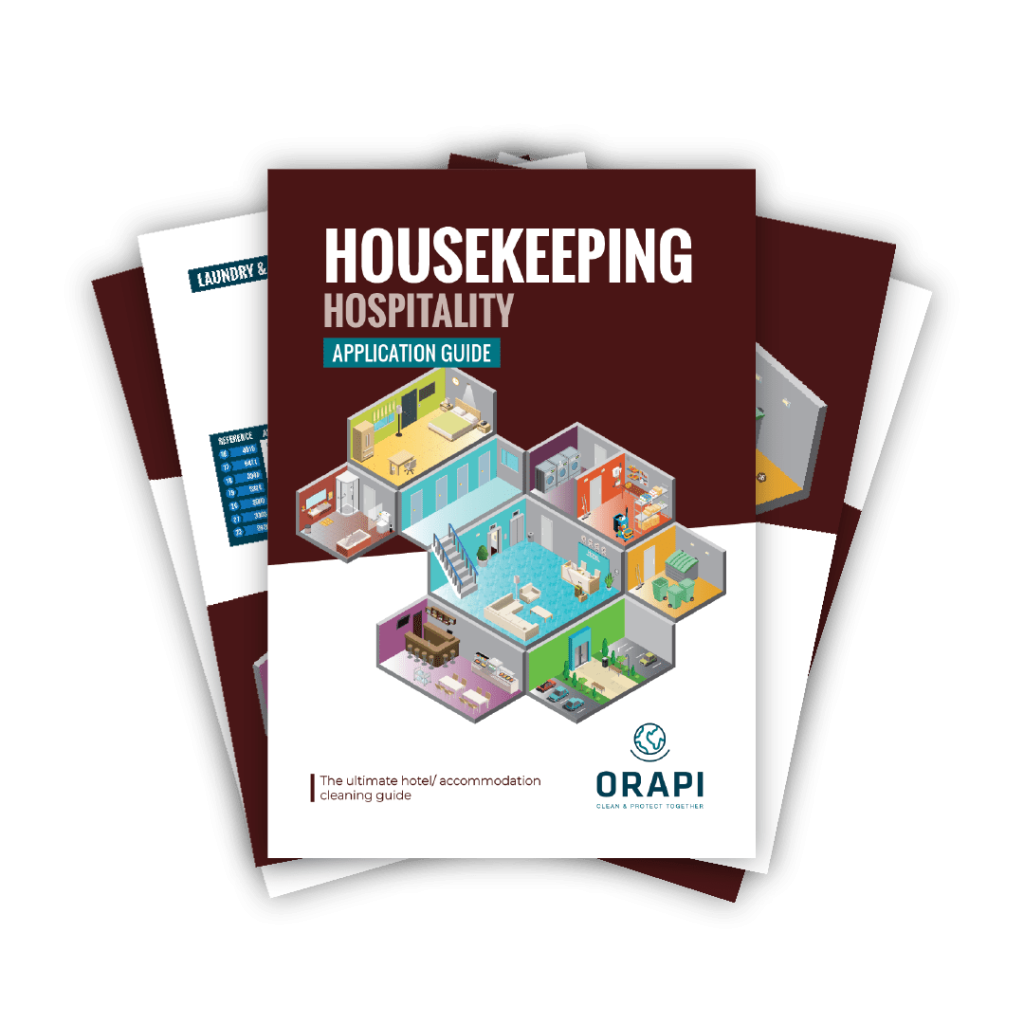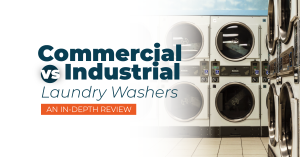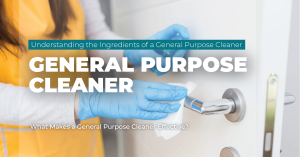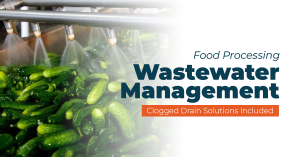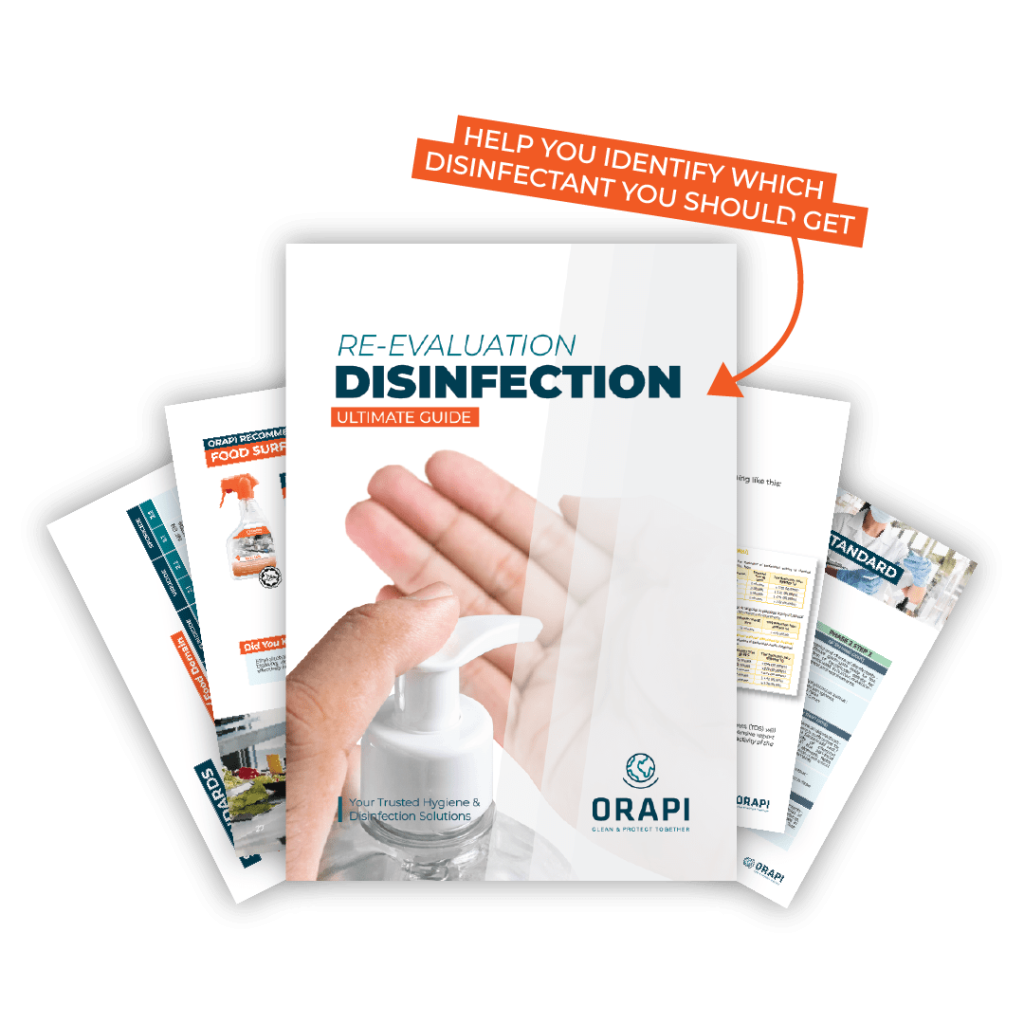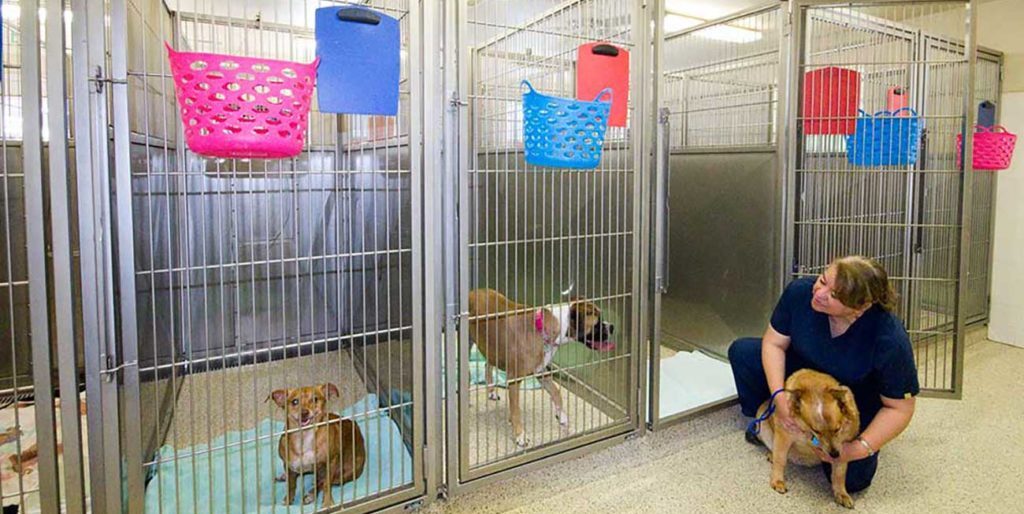
Maintaining cleanliness in pet friendly hotels (kennel cleaning) may not be the most glamorous aspect of operating a pet business. Yet, it stands out as crucial in impressing your devoted dog-loving customers. In the vicinity of just 100 meters, one can easily spot 2-3 boarding kennels, which doesn’t even include training kennels and veterinary hospitals. With so many options, pet owners can be choosy about what kennel will board their dog or cat. Undoubtedly, they’d want only the best and cleanest where their fur babies are least likely to contact ticks and diseases. Therefore, we have created this article to help you keep your customer’s dogs and cats healthy while helping your business thrive by following a pet friendly kennel cleaning protocol.
How to Properly Clean a Kennel
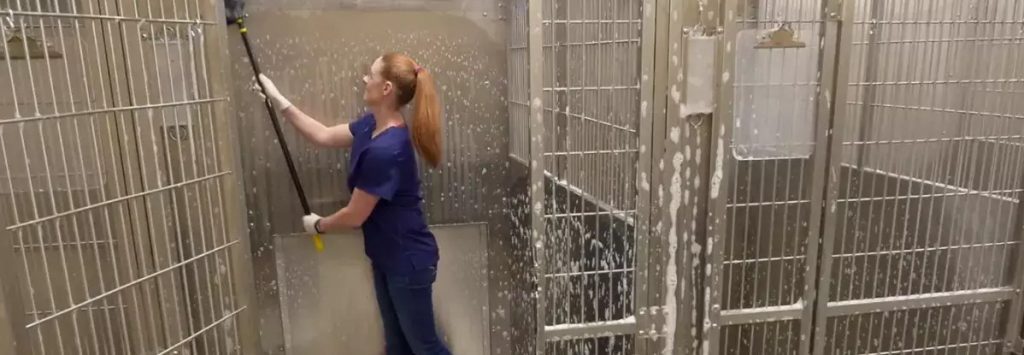
- Begin the kennel cleaning process by ensuring the animal is removed. Never leave a pet in the kennel during cleaning; instead, place the dog or cat in a separate holding area.
- Take out feeding and water bowls, bedding, and toys from the kennel.
- Clean bowls by immersing them in a diluted disinfectant solution. Rinse, dry, or run them through a dishwasher. Machine-wash blankets and other soft bedding.
- Scoop all solid waste from the kennel and sweep up any fur or hair.
- Rinse the kennel thoroughly with hot water.
- Dilute disinfectants and cleaning agents according to the manufacturer’s instructions, preventing damage to metal cages or harm to animals. Apply a pet-friendly cleaning solution to all surfaces and clean meticulously.
- Starting from the top, scrub the entire kennel with a stiff-bristled brush. Ensure thorough cleaning of the ceiling and walls above dog height, as disease can be transmitted from any unsanitized section. Pay attention to resting boards, doors, hinges, latches, and surfaces between the runs.
- Allow the cleaning solution to dwell as instructed.
- Rinse all surfaces thoroughly with water.
- To keep the kennel floors clean and dry, it’s recommended to use a squeegee to remove any excess water from the walkway leading to the kennels. Begin with the first kennel and use the squeegee to push any remaining water on the floor towards the drain. Allow the floors to air dry before moving on to the next kennel. Consider using fans or other ventilation to aid in drying.
- Replace clean food and water bowls, bedding, and toys. The kennel is now ready for the animal.
Ensuring Health and Safety In Kennels
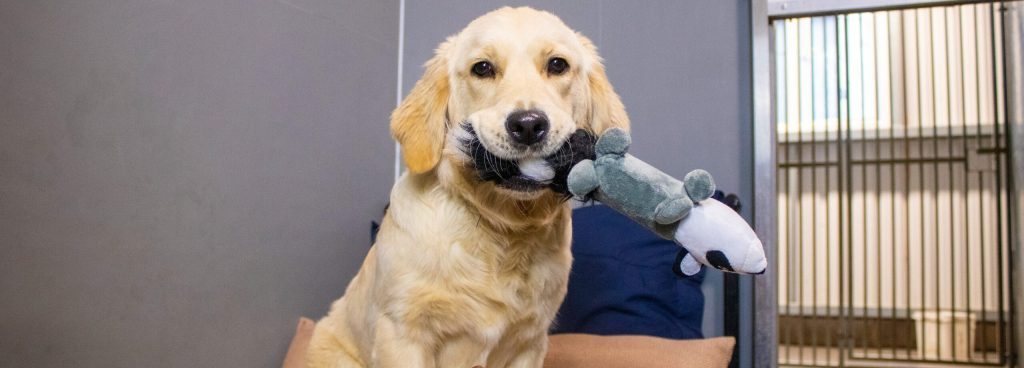
Dirty kennels not only emit unpleasant odours but also jeopardize the animals’ well-being. Take, for instance, the highly contagious Canine Parvovirus Type 2, commonly referred to as parvo, which spreads rapidly through direct contact with faeces. Negligent cleaning practices significantly elevate the risk of disease transmission among dogs.
Kennel cough, or canine infectious tracheobronchitis, earned its name due to its rapid transmission in confined spaces such as kennels. This infection, existing in viral and bacterial forms, is disseminated through the airborne droplets expelled when an infected dog sneezes or coughs. Employing proactive measures for kennel cough cleaning and prevention proves to be an effective strategy.
Dogs should receive vaccinations for both of these diseases. Nonetheless, even a vaccinated pup can contract kennel cough, similar to how a vaccinated person may still be susceptible to the flu.
Cat owners encounter similar risks when boarding their pets. Though rare, feline respiratory disease complex, kennel cough in cats, can affect cats in crowded and unsanitary environments. Moreover, there is a potential for transmission of kennel cough from infected cats to humans.
Effective prevention for all these conditions involves comprehensive kennel cleaning using a high-quality kennel floor cleaner and adhering to a thorough disinfection protocol.
Selecting the Right Disinfectant for Kennel Cleaning

The UC Davis Koret Shelter Medicine website underscores that no disinfectant can completely eradicate all pathogens. They advocate for weekly product changes and emphasize the significance of mechanical cleaning using soap and water, stating that it contributes significantly.
The website provides valuable guidance on the proper utilization of kennel cleaning products:
- Disinfectants must be used in the correct concentration.
- Sufficient dwell time is essential for bacterial eradication.
- Application of disinfectants should be on a previously cleaned, non-porous surface devoid of organic matter.
- Mixing disinfectants and detergents is discouraged, as they can counteract each other’s efficacy unless expressly directed by the manufacturer.
- Incorrect use of kennel cleaners poses a substantial hazard, leading to harm or even fatality in boarded animals.
Some Additional Tips for Kennel Cleaning
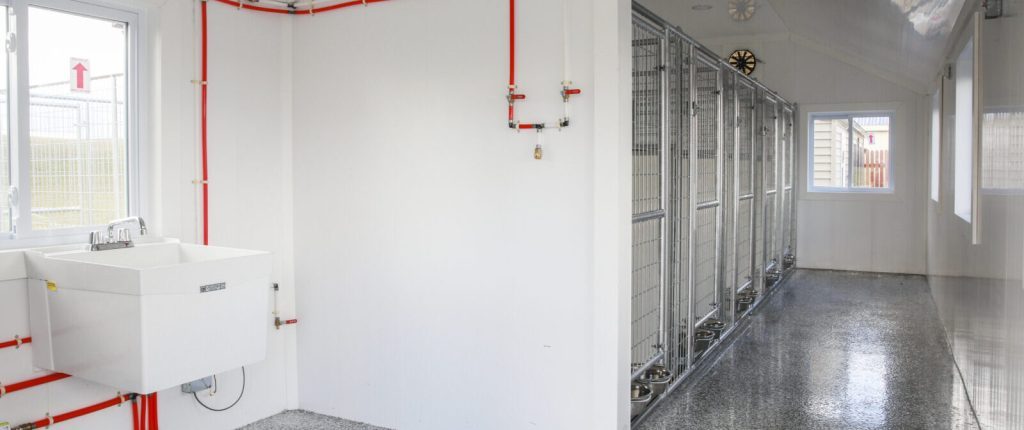
Choose Pet Friendly Products
Cleaning products can affect animals differently than humans, so it’s crucial to select kennel cleaning supplies specifically formulated to be safe around animals. Ensuring your kennels are clean and disinfected is not enough; avoiding any potential toxic residues is essential.
Cleanse Before Sanitizing
Distinguishing between cleanliness and disinfection is crucial. While washing a kennel effectively removes dirt, debris, and animal waste, it doesn’t guarantee the elimination of all lingering pathogens. Ensure safety for your kennel’s occupants by disinfecting after cleaning.
Keep the Right Tools
To successfully complete the task, it’s essential to have the appropriate kennel cleaning tools. This includes not only cleaning agents but also items such as mops, buckets, scrub brushes, squeegees, vacuums, and cleaning cloths. Consider having multiple sets of equipment to prevent cross-contamination, especially if one of the occupants is unwell.
Avoid Bleach
While bleach is effective for chemical sanitation in laundry processing, it is unsuitable for cleaning kennels. Its toxicity and limited disinfecting capabilities make it less ideal than other cleaning products specifically formulated for safe use around animals.
Sanitize Every Item Individually
From bowls and bedding to toys—anything not secured must undergo disinfection to thwart the transmission of pathogens known for causing kennel issues.
Maintain Hygiene for Your Pets
Ensure your pets stay clean! Promptly address any accidents in their living spaces to prevent prolonged exposure. If you possess grooming skills, consider giving your pets a thorough bath, provided they are comfortable with the process.
Replace Bedding Regularly
Regularly replace your bedding. If you opt for straw, ensure its routine cleaning and replacement with fresh, untainted straw. For blankets or similar bedding, regular removal and washing are essential.
Clean Frequently
Perform regular cleaning for optimal results. Aim for a thorough deep clean and disinfection every week, with spot-cleaning in between. It’s essential to prioritize cleanliness in kennel maintenance; there’s no such thing as excessive disinfecting when it comes to ensuring the safety and well-being of pets in your care.
Conclusion: Pet Friendly Cleaning in Kennels
In conclusion, the cleanliness of a dog kennel is paramount for both the pet owners’ satisfaction and the animals’ health. With numerous boarding options available, maintaining a rigorous kennel cleaning protocol becomes a key differentiator in attracting discerning customers who prioritize their pets’ well-being. Neglecting proper cleaning not only leads to unpleasant odours but also poses serious health risks, such as the rapid spread of diseases like Canine Parvovirus and kennel cough. This article emphasizes the importance of a comprehensive cleaning process, including the right disinfectant selection, proper usage, and practical tips for kennel hygiene. By adhering to these guidelines, kennel operators can create a safe and healthy environment, instilling confidence in pet owners and ensuring the long-term success of their business.
